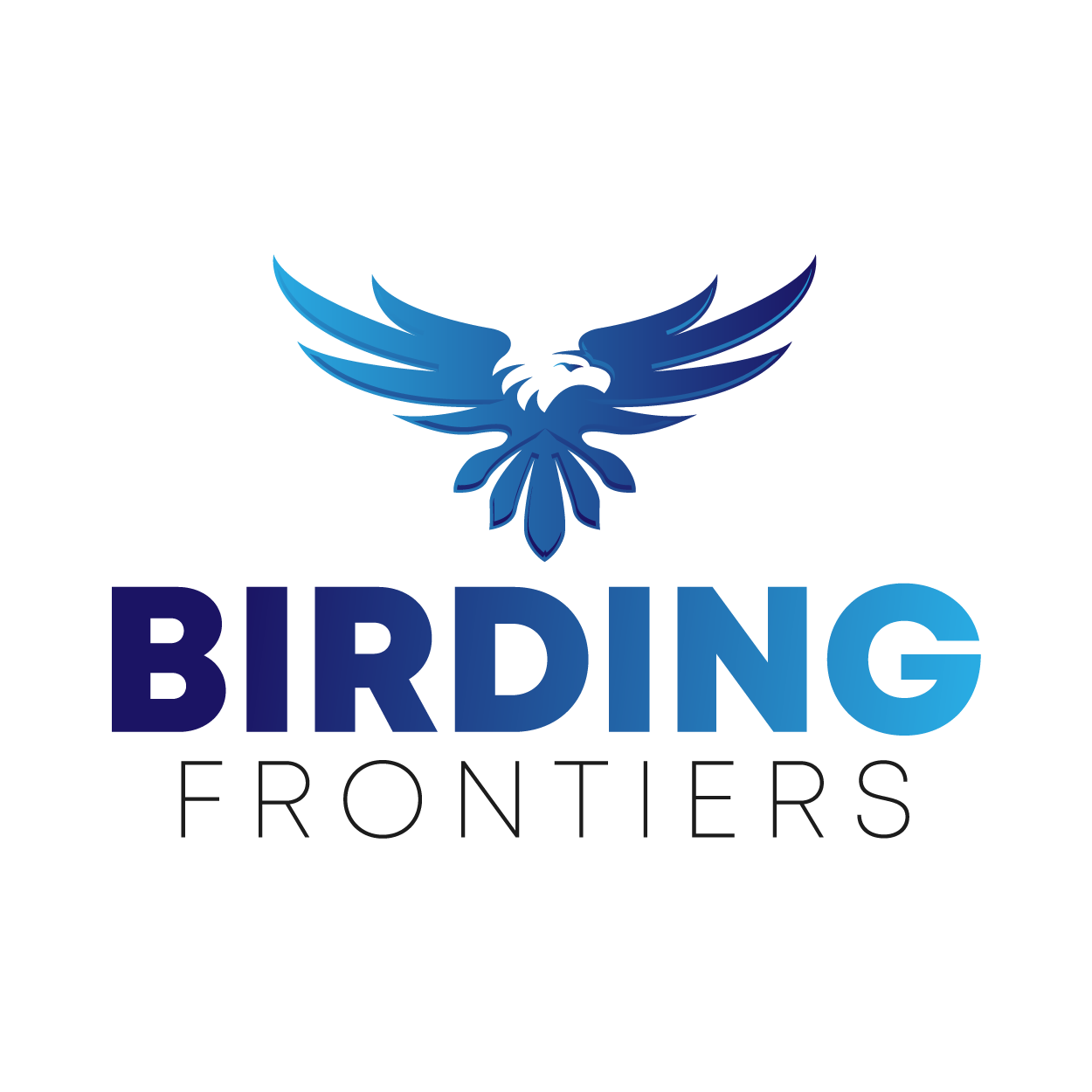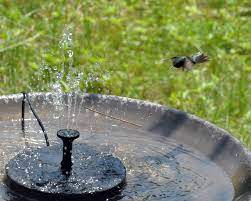Introduction
Quick Navigation
Birds are animals that belong to the class Aves in the biological classification of animals. They have characteristics that enable them to adapt to and survive in their habitats. For example, birds have bills that enable them to feed and sup. They also use their bills for defense. Other features of birds include plumage, colored in different ways, and a pair of feet with digits that enable them to grip their perches.
Like other living things, birds require water for everyday activities in their habitats. Birds need water for proper body functions such as food digestion and transport of nutrients around their bodies. They also require water for bathing and maintaining beautiful plumage. This is why birds, including the species that are non-resident in water are often seen near brooks, streams, and ponds. Fruits and rain are other sources of water for birds. However, the actual quantity of water tends to vary between species. Observers of birds and bird scientists have indicated that on the average, birds such as pigeons and doves visit water outlets 2 to 3 times per day.
Suitable Water Devices for Birds
Birdbath. Birdbaths are tools that contains water from which birds can sup water or bathe in. Birdbaths come in various designs and are made of varying materials. Also, these devices range widely in prices. There are birdbaths made of concrete materials and so are very expensive; and there are others made of plastics which cost much less.
Misters. These are devices that sprinkle water into the air in fine streams or mists. And birds like them. The design of misters thus affords birds opportunity to have some fun by wading through the droplets while also bathing in water that falls beneath. Misters are normally fitted to pond pumps or hoses, and apart from supplying water to birds, they can help prevent pond water from being stagnant.
Ponds. These are an alternative option to other water supplies to birds. Garden or fish pond in an open backyard also provides a great option for birds to sup or bathe. A pond of this type therefore serves multiple purposes such as provision of quality fish for human consumption, provision of water for birdbath, and insects for fish and bird consumption.
Bird Waterers. These are devices, similar to bird feeders but differ in that they dispense water, rather than feeds. They supply water for birds both for bathing and drinking. And they usually come in various designs.
Self-recycled moving-water. This is water that moves continuously by some technical mechanism. Birds are naturally attracted to such a water supply because it dispenses clean water. And the mechanism makes sounds that attract birds to it.
How Do Birds Drink
Most birds, by their anatomy and physiology lack tongues. So, unlike humans, birds cannot push water into their throats from their beaks. The mechanism for drinking is quite simple at least for most birds. When they are thirsty, most birds tilt their heads forward and down to a water supply. Then, they fill their beaks with water. While retaining water in their mandibles in this position, they tilt their heads backwards so the water escapes into their digestive tract, usually with the help of gravity. Bird observers have mentioned that different species of birds require varying quantities of water for their upkeep. This tends to determine to a large extent how often a bird drinks per day.
Tips on Attracting Birds To Birdbaths
Try to mount it low. Birds mostly like to drink from a low, open water supply. Thus, in order to encourage a large flock of birds to a water supply, it is important to keep birdbaths within about one foot.
Be sure to make it conducive for perching. Bath basins that attract quite large flocks of birds are those that offer exciting chances for birds to drink, wade through, and bathe. Hence, an important tip in the design of water places for birds is to be sure that they are non-slippery.
It should not be too deep. An ideal place for birds to drink and bathe is not a deep lake but the one that offers natural scenarios that birds are used to. The point here is that when a birdbath is too deep, it is inconvenient for birds to drink from, and so becomes unattractive to them.
Let it be well situated. This entails a number of things. First, birdbaths should ideally be sited in an open space: the birds naturally want to have a wide view of their vicinity. Second, it should be located in an accessible place. This will enable the observer to observe what is happening to the birds as well as enable them to easily refill the birdbath. Also the location of a birdbath should be shady: the open space should have perches within reasonable limits from where birds can approach the water supply and to which they can flee when danger is approaching. Another reason for locating birdbath in a cool place is to keep it cool even in high summer temperatures.
Provide preening perches. Pieces of sticks or such other material should be provided and placed adjacent to the birdbath. Preening perches should be placed so that they will enhance birds landing at and taking off from the birdbath. Care should be taking not to place preening perches over birdbath so that birds will not convert them to pooping sticks while making it harder for them to access the birdbath.
Keep it open and clean. Keeping birdbath requires a lot of commitment and can be very tedious and discouraging for a feeble-minded person. This is mainly because bath basins for birds need to be cleansed regularly and kept fit for birds drinking from them. On many occasions, one may need to scrub basins with stiff, bristled brush and abrasive cleaner in order to get rid of hard-to-remove fungi. Also, water in bath basins need to be kept open, and maintained at desirable temperatures for birds from time to time.
Conclusion
Birds frequently need to bathe in water. This is one way whereby they maintain their body color and well-being. Humans can help them do this as often as they can by providing water in a suitable location.

